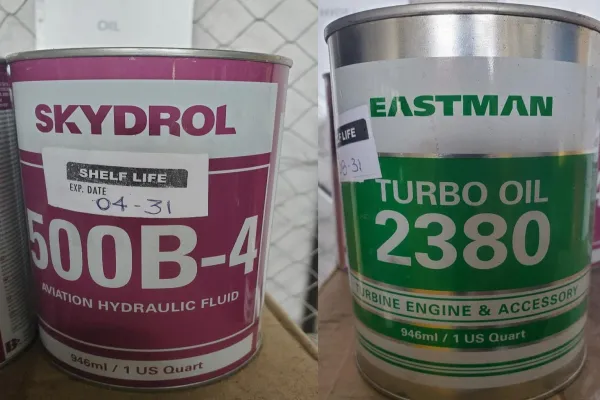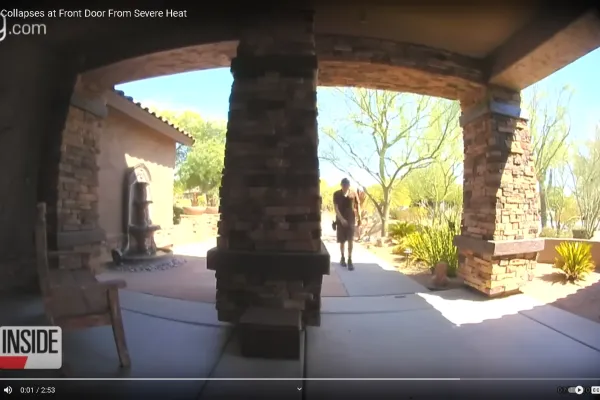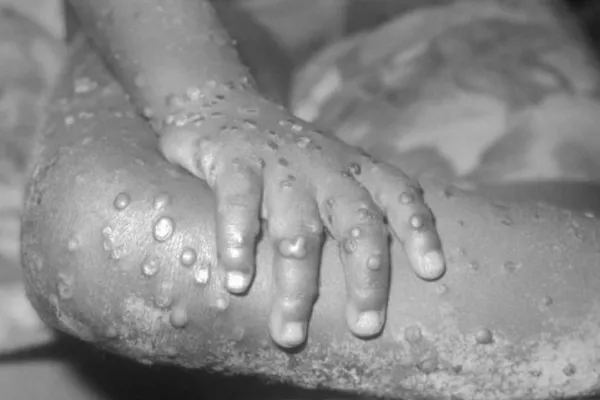Fumes and Odors

The Association of Flight Attendants (AFA) would like all Flight Attendants to be aware or trained in detection of Fumes and Odors in the aircraft cabins. For Flight Attendants smoke fumes are not the only air threats they could faced inside the aircraft. The most dangerous are the ones Flight Attendants can't see. For that reason AFA have been working hard this year in creating a module to help Flight Attendants identify Fumes and Odors inside the aircraft.
Lets take a look at the difference between Odors and Fumes. Odors are distinctive smells, especially unpleasant ones while Fumes are odorous gases compounds which are not visible. Most Odors and Fumes in aviation comes from the environment around the airport. We work surrounded by machinery powered and oiled by different types of hazardous liquids and expelling toxic gases. Those Odors and Gases can make their way into the cabin even if the air system is design to ensure air is clean and healthy. But not only from the environment around the airport we can encounter Odor or Fumes inside the cabin. Passengers can carry certain object or liquids that can create an unpleasant environment inside the cabin. The Most common Odors we can experience inside the cabin are acetone, vomit, coffee, food, body odor, diapers, perfume, etc.
There are two types of Odors:
- Transient-Is not strong and dissipates over time.
- Persistent-Odor remains and increase strength through time or takes time to dissipate.
Most Common symptoms of Odor and Fumes exposure are:
- Dizziness
- Nausea and vomiting
- Fainting
- Irritation of nose, eyes and throat
Not all Fumes or Odors require action by Flight Attendants, you should use your best judgement. If action is require first inform the Flight Deck by:
- Describing the odor and location
- Strength
- Phase of flight when detected (parked, taxi, take-off, cruise, landing)
- Effects experience by passengers and crew
For a complete guide to Odor and Fumes in the cabin, visit the AFA Online Learning Academy at https://training.afacwa.org/



